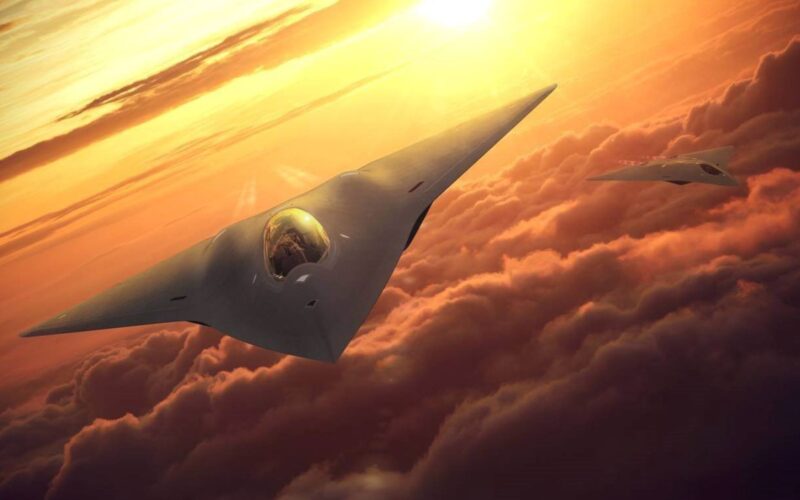The US Department of Defense (DoD) will continue to increase its research and defense spending while ramping up procurement and retiring scores of old planes, the department revealed in its 2024 budget proposal.
The US Air Force (USAF) requested more than $2 billion for the Next Generation Air Defense (NGAD) program, while the US Navy asked for more than $1.5 billion for the F/A-XX. Both are sixth-generation fighter jet programs of the respective branches and have seen steady budget increases over the past few years.
The DoD Fiscal Year 2024 defense budget proposal was published on March 13, 2023, and requested that the Biden administration allocate $842 billion, a $26 billion increase compared to the 2023 budget.
The DoD also requested $170 billion for procurement and $145 billion for research, development, test, and evaluation, marking record sums in both categories.
The USAF budget will reach $194 billion, with a $20 billion increase compared to 2023.
Downsizing the fleets
The USAF plans to retire 310 old aircraft, including 57 McDonnell Douglas F-15C/D Eagle fighter jets, 48 General Atomics MQ-9 Reaper drones, 42 Fairchild Republic A-10 Thunderbolt II attack jets and 52 Raytheon T-1 Jayhawk trainers.
32 Lockheed Martin F-22 Raptor fifth-generation fighter jets have also been included on the retirement list. Furthermore, the USAF plans to retire the last operational McDonnell Douglas KC-10 Extender aerial refueling aircraft and Northrop Grumman E-8 Joint STARS surveillance aircraft.
The procurement budget includes the purchase of more than 95 new aircraft, mostly F-35s and F-15EX, which would replace the retired fighters.
The USAF also plans to buy 15 Boeing KC-46 Pegasus tankers, as well as an undisclosed number of Northrop Grumman B-21 Raider strategic bombers.
The US Navy (USN) included 31 F-35s in its budget plans, in addition to three Boeing MQ-25 Stingray unmanned aerial refueling aircraft and an array of other drones.
Retiring such a large number of aircraft marks a significant numerical decrease in the USAF fleet. However, it also allows the service to save on maintenance, increasing funding elsewhere.
Advanced systems
The development and procurement of an array of hypersonic systems was also included in budget proposals submitted by multiple US military branches, including the USAF, the USN and the US Army. This includes the USAF’s prototype Hypersonic Attack Cruise Missile (HACM), which is expected to receive nearly $0.4 billion.
However, for the USAF the largest item in its research and development budget is the Ground Based Strategic Deterrent, an effort to build a new intercontinental ballistic missile (ICBM) with a request for more than $3.7 billion for its development.
The USAF’s second-most expensive project is the NGAD. In 2023 more than $1.7 billion will be spent on the 6th generation fighter program, while the USAF wants to increase that to over $2.32 billion in 2024.
An additional $118 million was requested for Autonomous Collaborative Platforms, a collection of drones, often referred to as loyal wingmen, intended to accompany the new jet in combat.
The USN runs its separate fighter jet development program, which is also named NGAD. It contains both the fighter component and loyal wingmen. The fighter – referenced as the F/A-XX – is present in the USN’s budget proposal, where more than $1.5 billion was requested for its development.

